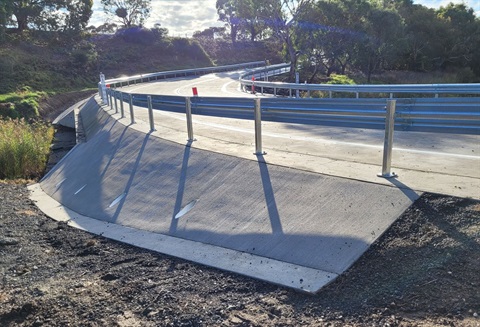The Australian Criminal Intelligence Commission (ACIC) today released the 14th report of its National Wastewater Drug Monitoring Program (the Program). This report presents data on Australia’s drug consumption for 12 substances. The April 2021 collection covered around 56 per cent of Australia’s population-about 13 million Australians.
This reporting period again demonstrated varying trends in drug consumption, both nationally and within our states and territories. Of the drugs measured by the Program with available dose data, alcohol and nicotine remain the most consumed drugs in Australia, with methylamphetamine the most consumed illicit drug. This report showed signs of recovery in the methylamphetamine market, which remains Australia’s highest risk drug market by some margin.
ACIC CEO Mr Michael Phelan APM said that the methylamphetamine market is a very resilient market because consumption is widespread and strong in both the capital cities and regional locations. Methylamphetamine is a wicked problem because serious organised crime (SOC) groups both import the finished product and precursor chemicals and domestically manufacture methylamphetamine. Wastewater analysis provides a timely indication of both the extent of supply by serious and organised crime (SOC) groups and also locations where they have a footprint. Sadly, the report shows that SOC groups will always find a way to supply illicit drug markets, Mr Phelan said.
Other findings this reporting period are that fentanyl and oxycodone consumption decreased to the lowest levels recorded by the Program, heroin consumption continued to decline and cocaine also decreased. In April 2021, capital city MDMA consumption exceeded regional consumption for the first time since August 2017 but average consumption of this drug has decreased from record highs in December 2019. This pre-dated the COVID period, so we believe that the decrease is due to a combination of decreasing imports to Australia by SOC groups and the impact of COVID-19 restrictions, which saw entertainment venues closed and festivals cancelled. Heroin, cocaine and MDMA are wholly or largely supplied via importations by SOC groups so decreases in consumption are due to a combination of supply-side interventions and temporary reductions in consumption.
“There is no doubt that wastewater analysis is important to everyday Australians and benefits them directly”, Mr Phelan said. The Program means that response agencies, stakeholders and interested members of the community can develop an informed understanding of trends in drug consumption and allows the progress of demand, supply and harm reduction strategies to be monitored.
“The ACIC and the Australian Government recognises the valuable contribution of wastewater analysis to informing decision making on a range of drug and public health issues,” he said.
“The Program’s data continue to demonstrate the challenges facing different cities and towns and also unique characteristics of local drug markets, forming a meaningful part of bespoke solutions for each region.”
The data, when merged with other data including from the ACIC’s Illicit Drug Data Report and our intelligence holdings, also permits the ACIC to analyse the ability of transnational and domestic serious organised crime groups to adapt to different market circumstances.
“Much of the harm that Australians suffer at the hands of organised crime is due to illicit drugs. Serious and organised crime groups profit from the importation, manufacture, trafficking and sale of drugs that cause harm to the community.
“Law enforcement agencies can commence some investigations in the knowledge that the impact on local drug consumption can be measured by wastewater analysis, government and health agencies can effectively allocate resources to priority areas, and the public can be informed of the level of harm caused,” said Mr Phelan.
The report also provides updated 2020 data from the Sewage Core Group Europe (SCORE), which extends to Europe, North America, South Africa and Oceania. Australia had the second highest methylamphetamine consumption of 24 countries. Of the 26 countries reporting cocaine and MDMA consumption, Australia ranked 16th and seventh respectively. For the first time, cannabis has been included in the drugs monitored as part of the SCORE analysis. Of the 16 countries in which cannabis was monitored, Australia ranked seventh.
“The results confirm the strong preference in world terms by Australian illicit drug users for illicit stimulants (in particular methylamphetamine, MDMA and cocaine) and the domination of our domestic stimulant market by methylamphetamine,” Mr Phelan said.
The report is available from the ACIC website: www.acic.gov.au








